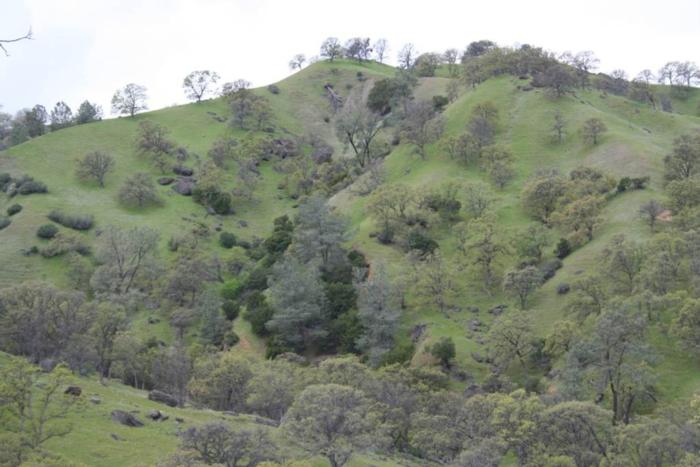Soil Biology of Native California Riparian Woodlands

Above the intensively-managed irrigated agricultural valleys of California, in the hills of the Coast Range, remain riparian ecosystems of drought-adapted savanna and woodland. These remnant ecosystems may provide useful conservation and restoration baselines for land management. This study evaluated soil from different habitats on Audubon’s Bobcat Ranch Reserve for physical, biological and chemical characteristics, to better understand how plant communities, soil communities and soil chemistry interact.
Preliminary results show that soil communities in the reserve’s riparian areas are more highly structured than those found in the more intensively managed valley and upland surveyed previously (Culman et al. 2010, Young-Mathews et al 2010), harboring many omnivorous and predatory nematodes. Tree species differ in their nitrogen pools, carbon reserves and nematode communities with especially high predator:prey ratios being found under toyon shrubs, Heteromeles arbutifolia.
Amanda Hodson is conducting this research project.
Hodson, A.K., H. Ferris, A.D. Hollander, and L.E. Jackson. 2014. Nematode food webs associated with native perennial plant species and soil nutrient pools in California riparian oak woodlands. Geoderma 228-229:182-191. Hodson et al. 2014